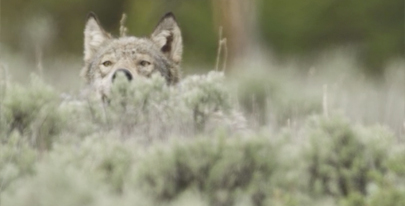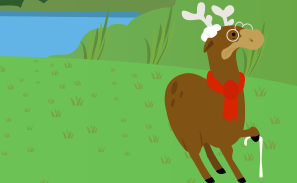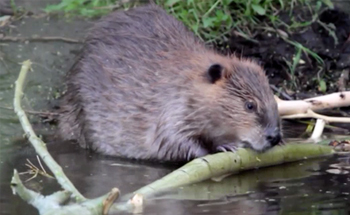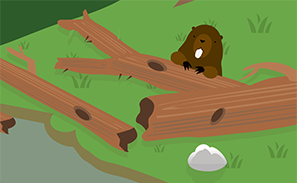How can wolves help trees grow?
In 1995, scientists reintroduced a group of gray wolves into Yellowstone Park. What happened next? Well elk, the wolves' main prey, got a little bit freaked out!
Without wolves around, elk could spend all day eating plants without any fear of predators. Now, with new wolves on the hunt, elk had to stay on the constant move. They couldn't munch up grass and trees as much as they used to, so plants like aspen and willow trees finally had the chance to grow... and they did, at up to five times their size in just a few years!
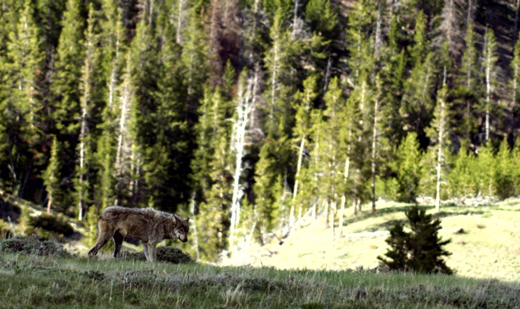 Next
Next
Before settlers arrived, the gray wolf's native habitat spanned almost all of Canada and the northern United States.
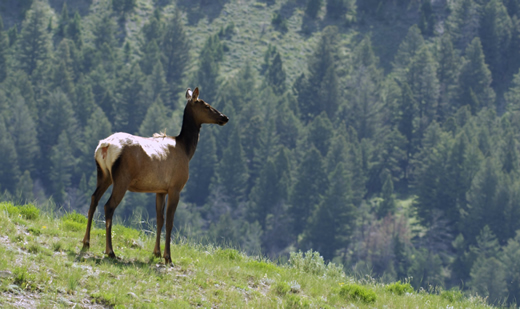 Next
Next
Wolves are an apex predator. They target the most vulnerable prey, like injured, old, or very young animals.
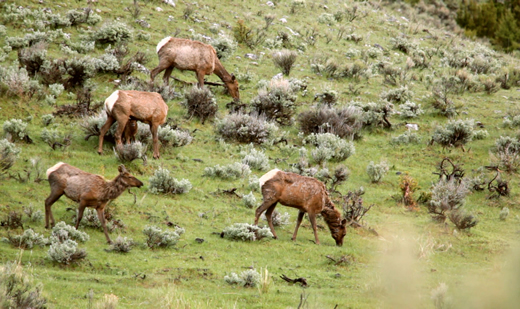 Next
Next
Elk are wolves' main prey. Without wolves around, the elk population more than doubled in Yellowstone in a few decades.
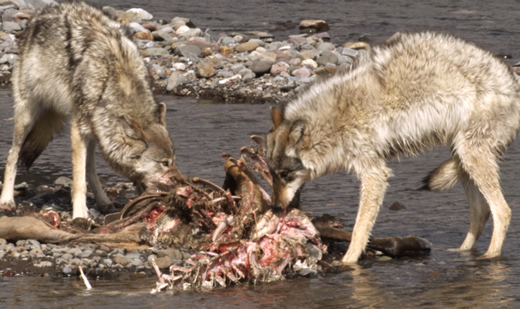 Next
Next
In just a few years, the wolves created a more robust elk population as only the healthiest of elk survived.
 Next
Next
With the elk population under control vegetation flourished. Now the entire ecosystem is better off, thanks to the wolves!
How can predators help keep prey healthy?
When groups of animals grow too big, things tend to go bad. The animals can eat too much, get fat and unhealthy, and eventually ruin their ecosystem by overgrazing!
That's exactly what was happening to the elk when there were no wolves around. With no predators to thin their numbers, the elk were able to graze unchecked, becoming unhealthy and even starting to starve. Predators can help reduce their prey's population to a healthy level by catching the old, sick, and weak individuals.
Why are beavers important for an ecosystem?
Why would beavers disappear if there aren't any wolves around? When the elk overgrazed the trees in Yellowstone, beavers didn't have enough resources to build dams. And without beaver dams, the whole ecosystem is in big trouble!
But with the wolves back, beavers had enough trees to bring dams back to the park. Their dams raised the water level, giving tree roots more water and helping to create flooded ponds where otters, fish, reptiles, and amphibians could live. The river ecosystems became much healthier, and the water began to run clearer, all thanks to the wolves!


